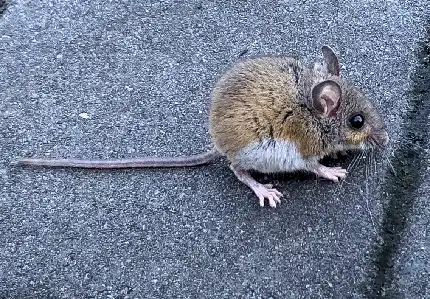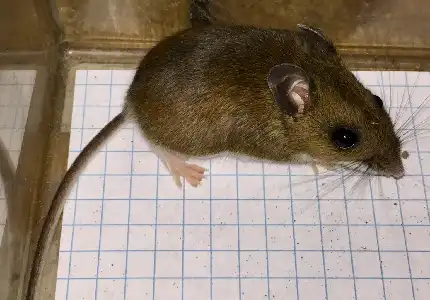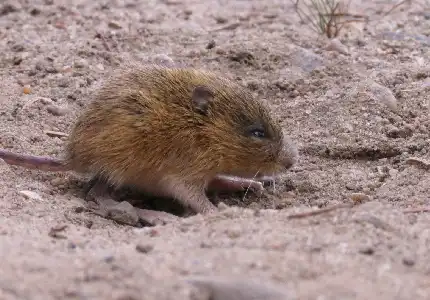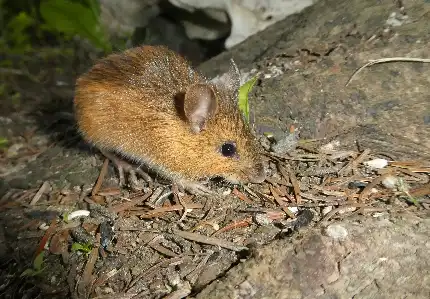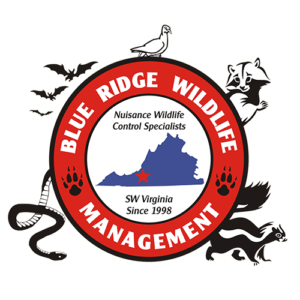
Mice in Virginia
Mouse Life Cycle
The life cycle of mice in Virginia varies slightly depending on the species, but most follow a similar pattern. Mice can breed year-round, with a gestation period of around 20-30 days. After giving birth, female mice can quickly become pregnant again. The litter size varies depending on the species, but it can range from 2 to 12 pups.
Mice reach sexual maturity at around 4-6 weeks of age, and their lifespan varies depending on factors such as predation, habitat, and food availability. Some species, such as the white-footed mouse, can live up to 2-3 years, while others, like the deer mouse, have a shorter lifespan of around 1-2 years.
As rodents, mice have continuously growing incisors, and they need to gnaw on hard objects to keep them from becoming overgrown. They also have a high reproductive rate and can quickly establish large populations in suitable habitats.

Mice in Virginia have a varied diet depending on the species, but most are omnivorous, meaning they consume both plant and animal matter. House mice, for example, feed on a wide variety of foods, including seeds, grains, insects, and even small amounts of meat. They are opportunistic feeders and will eat whatever is available, including human food in homes or agricultural fields.
White-footed mice have a similar diet to house mice and will consume seeds, fruits, and insects, but they are also known to eat larger invertebrates and small vertebrates like lizards, frogs, and even other mice. Deer mice primarily feed on seeds and insects but will also consume fruits, berries, and fungi. The meadow jumping mouse has a more specialized diet, feeding primarily on insects and other arthropods found in meadow and grassland habitats, while the woodland jumping mouse consumes a variety of plant material, including fruits, seeds, and fungi, as well as insects and other invertebrates.
Mice are known to store food in preparation for times when food is scarce. Some species of mice, like the white-footed mouse, will even create caches of food in various locations, such as inside hollow logs or underground. Additionally, many species of mice are nocturnal, meaning they are most active at night when they forage for food. During the day, they may hide in burrows, logs, or other hiding spots to avoid predators.

Do You Have a Mouse Problem?
Learn more about our Mouse Control Program or call us at (540) 776-1769



